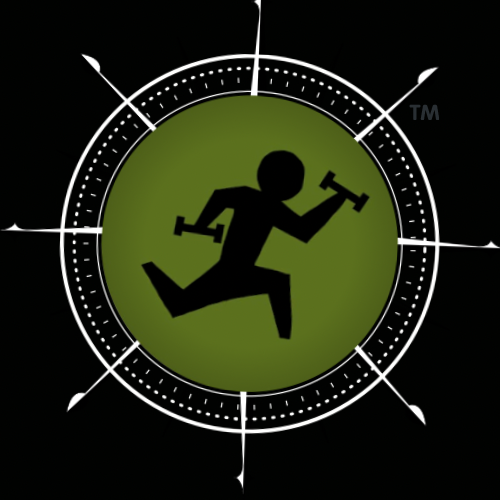The Truth About Caloric Deficit: If You’re Not Losing Weight, You’re Not in One
You’ve been eating "clean," working out, and cutting back on snacks, but the scale won’t budge. Sound familiar? Many people believe they are in a caloric deficit—burning more calories than they consume—yet they remain stuck. The harsh reality? If you’re not losing weight, you’re not in a deficit.
Let’s break down why a caloric deficit is the only path to fat loss and how you can accurately measure whether you’re in one.
What Is a Caloric Deficit?
A caloric deficit occurs when your body burns more calories than it takes in, forcing it to use stored fat for energy. The fundamental law of weight loss is simple: Calories In < Calories Out = Fat Loss.
This is not opinion, fad science, or a trendy diet gimmick. It is basic human physiology.
Why Do People Think They’re in a Deficit When They’re Not?
If fat loss isn’t happening, one of two things is occurring:
You’re eating more calories than you think.
You’re burning fewer calories than you assume.
Let’s tackle the first issue.
1. You're Eating More Than You Think
Studies consistently show that people underestimate their calorie intake—often by 30-50%. You might be missing hidden calories from:
Portion sizes – That “handful” of almonds? Probably 300+ calories.
Cooking oils & dressings – A tablespoon of olive oil is 120 calories.
Bites, licks, and tastes – That spoonful of peanut butter or splash of milk in your coffee adds up.
Solution? Track everything. Weigh your food with a food scale and log every bite in an app like MyFitnessPal for 3-7 days. No guessing. If it goes in your mouth, it goes in the log.
2. You're Burning Fewer Calories Than You Assume
Many people overestimate how many calories they burn through exercise. That hour-long session on the treadmill? It probably burned 300 calories, not 1,000.
Your body also adapts to calorie restriction by:
Lowering movement throughout the day (NEAT – Non-Exercise Activity Thermogenesis).
Becoming more efficient with energy (metabolic adaptation).
This means even if you’re dieting, your body may slow things down to preserve energy. The fix? Be honest about your activity levels and focus on consistency.
The Gold Standard for Proving You're in a Deficit
If you’re unsure whether you’re in a deficit, do these two things for 7 days:
1. Track Your Food Intake (No Guessing)
Use a food scale to measure portions.
Log everything in an app (including oils, dressings, and snacks).
Stay consistent—don’t change your eating habits yet.
2. Weigh Yourself Every Morning
Weigh yourself first thing in the morning after using the bathroom.
Track your weight daily and look at the trend over 7 days.
Ignore daily fluctuations (water weight, sodium intake, etc.); the trend is what matters.
How to Adjust Based on Your Results
After 7 days:
If weight is dropping, you're in a deficit. Keep going until you plateau.
If weight stays the same, you’re at maintenance. Reduce calories by 200-300 per day.
If weight increases, you're in a surplus. Cut 300-500 calories and reassess.
Final Takeaway
If you believe you “can’t lose weight,” the answer isn’t in some magic diet—it’s in honest data tracking. Weight loss happens only in a caloric deficit. If it’s not happening, you’re not in one.
Commit to accurately tracking for one week and let the numbers guide you. No more guessing. No more blaming your metabolism. Just results.
Your body doesn’t lie—your tracking might. Have an expert coach guide you through this process and keep you accountable. Connect with us today to gather deeper insights on your struggles and get support!

